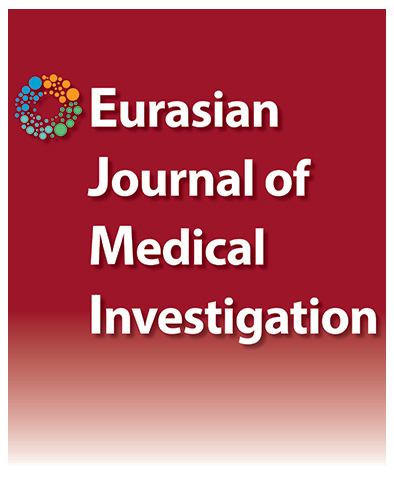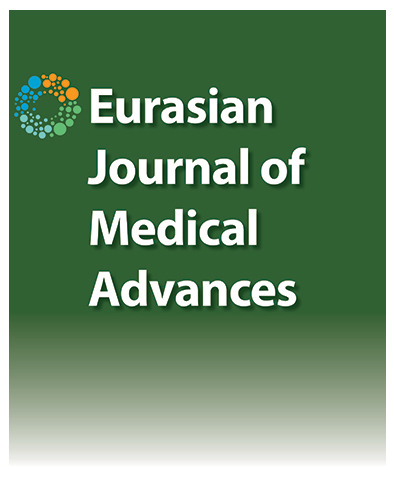Determination of Risk Factors for Community-acquired Skin and Soft Tissue Infections and Comparison of Antibiotics Commonly Used in the Treatment
Nurcan Arikan1, Ayse Batirel21Department of Infectious Diseases and Clinical Microbiology, Bilecik Training and Resarch Hospital, Bilecik, Türkiye2Department of Infectious Diseases and Clinical Microbiology, Kartal Dr. Lütfi Kırdar City Hospital, İstanbul, Türkiye
Objectives: It was aimed to determine the risk factors for the development of skin and soft-tissue infections (SSTI), to compare duration of therapy of mostly used antibiotics and to compare laboratory parameters of complicated and uncomplicated SSTI.
Methods: In this study; patients with community-acquired SSTI who were hospitalized and treated in our clinic between November 2010 and October 2014 were evaluated retrospectively. Clinical and laboratory parameters of the patients, and the risk factors predisposing to SSTI were investigated. The patients were grouped into three according to the antibiotic used in treatment (Ampicillin-sulbactam, tigecycline and piperacillin-tazobactam) were the three most commonly used antibiotics in our clinic). Those three antibiotic therapy groups were also compared according to clinical features, laboratory parameters of the patients.
Results: In a total of 192 patients, presence of obesity, diabetes mellitus, peripheral vascular disease, saphenectomy, trauma, and tinea pedis were determined as the most common risk factors predisposing to SSTI. In complicated SSTI, the lesions were more deeply located, erythrocyte sedimentation rate and hemoglobin a1c levels were found to be higher, and hemoglobin levels were lower. The duration of hospital stay in patients who were treated with ampicillin/sulbactam was significantly lower than those who received tigecycline and piperacillin/tazobactam. Also, the duration of hospital stay in patients who were treated with tigecycline was significantly lower than those who received piperacillin/tazobactam. The patients with complicated SSTI had significantly higher use of piperacillin/tazobactam compared to tigecycline, which was used more frequently than ampicillin/sulbactam in those patients.
Conclusion: Determination of risk factors for the development of SSTI and the risk factors that would cause them to be more complicated are important in both implementation of necessary precautions before their development and initiation of the most appropriate antibiotic treatment in order to decrease morbidity and mortality.
Manuscript Language: English





